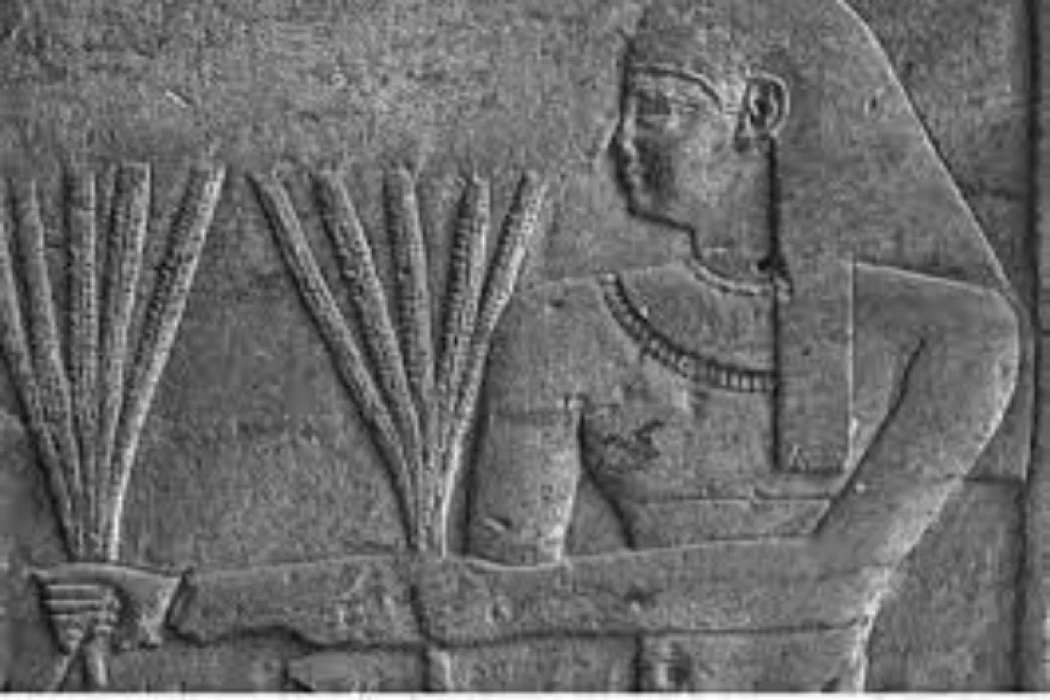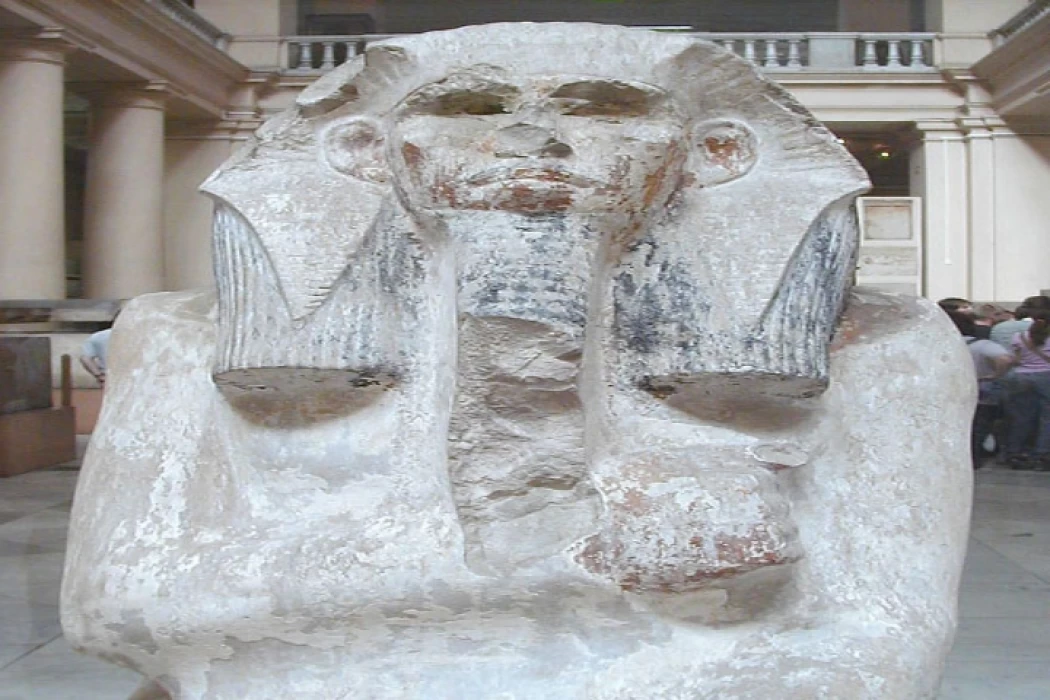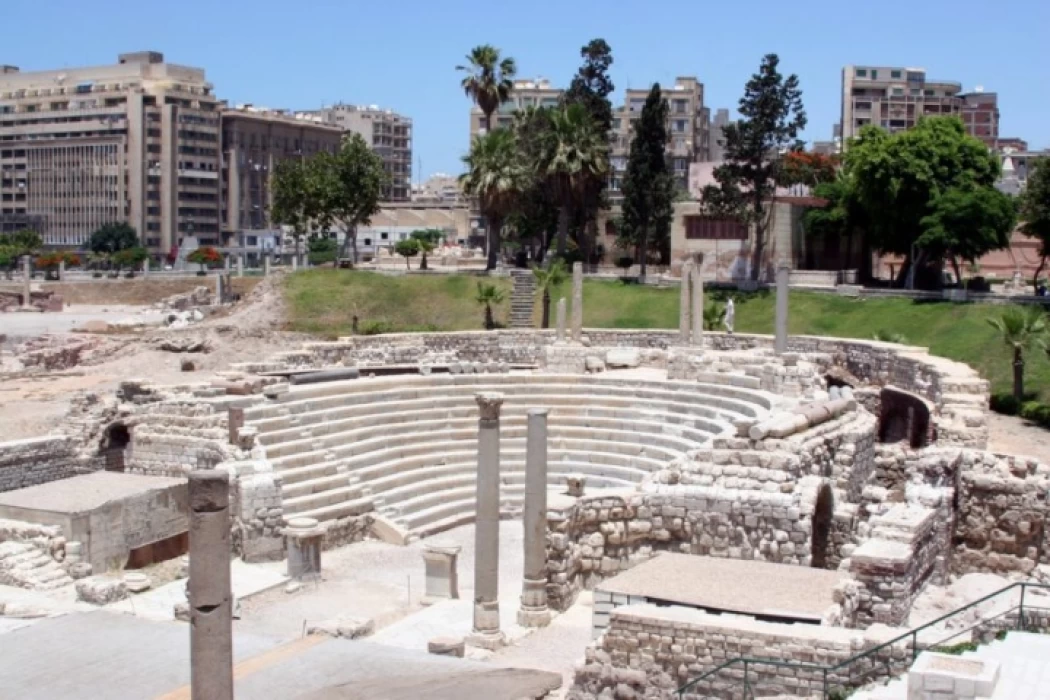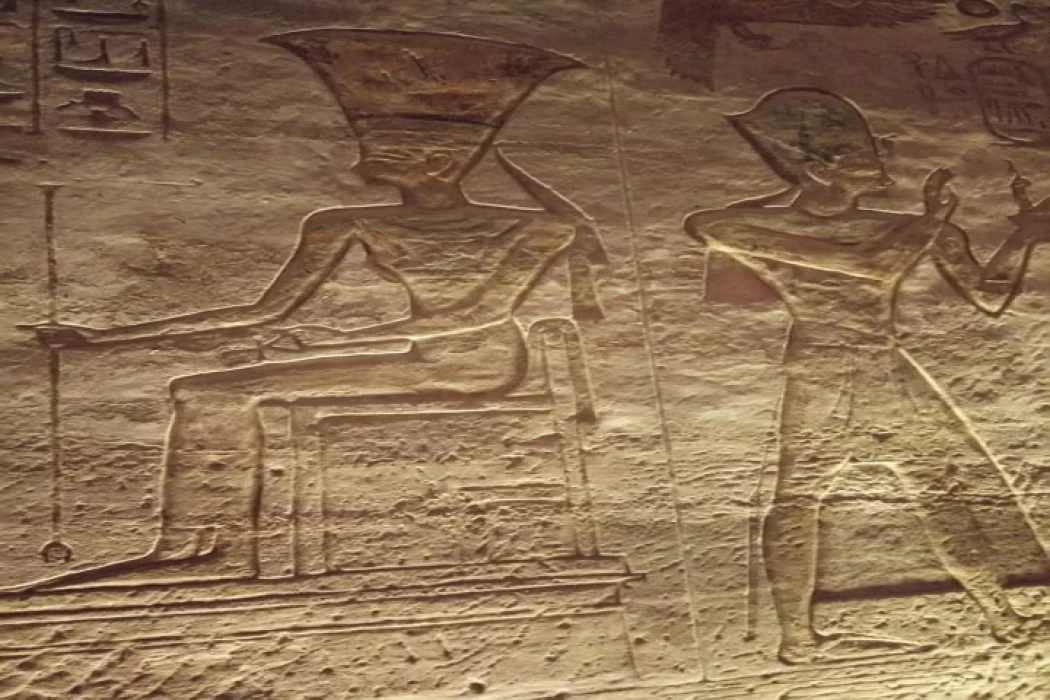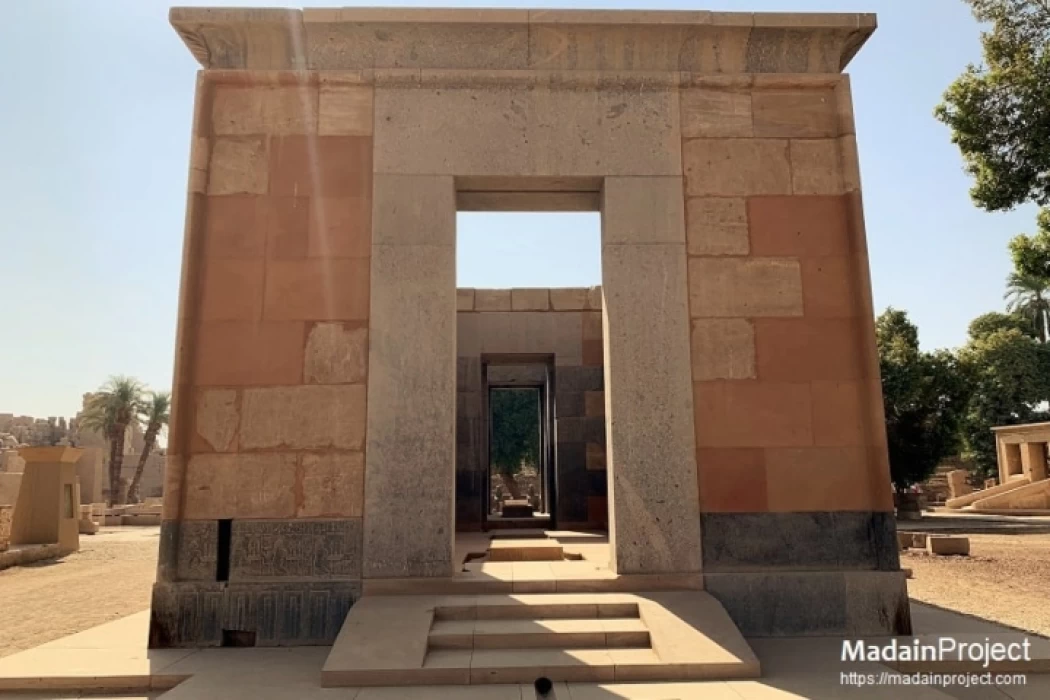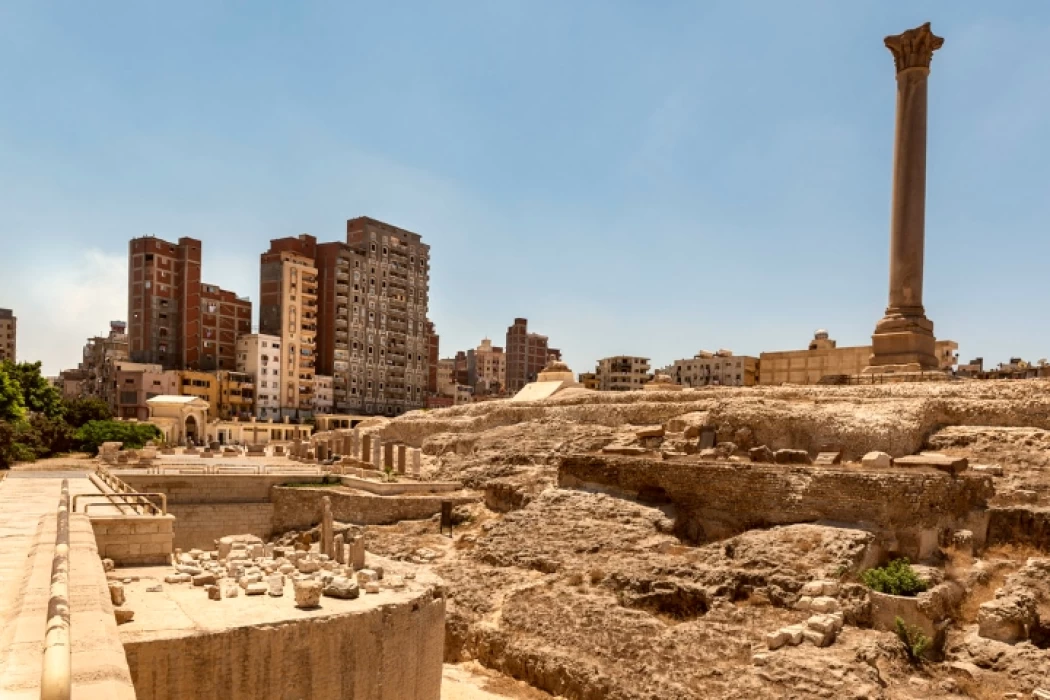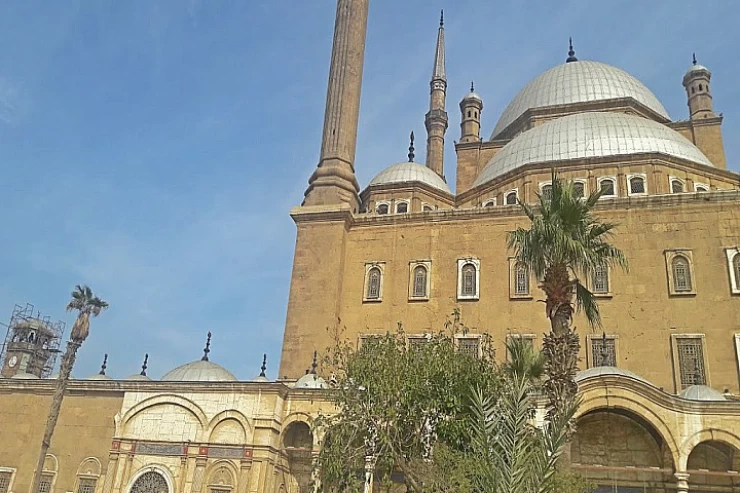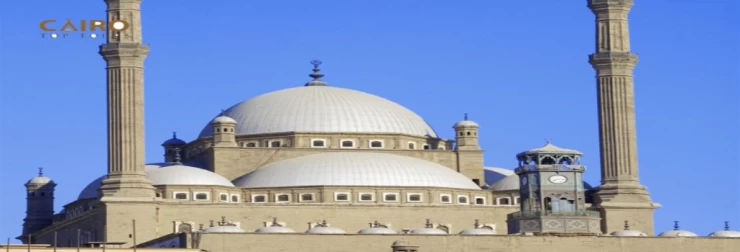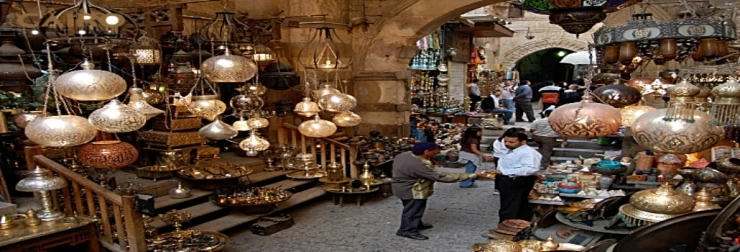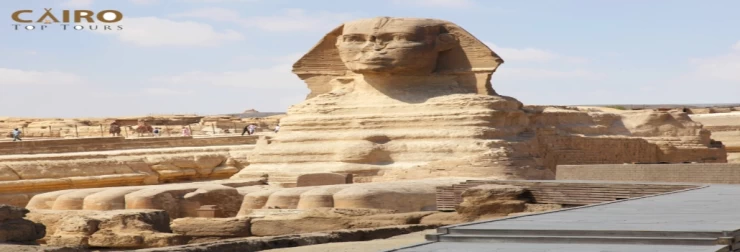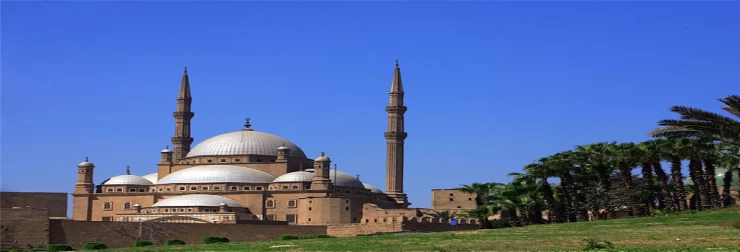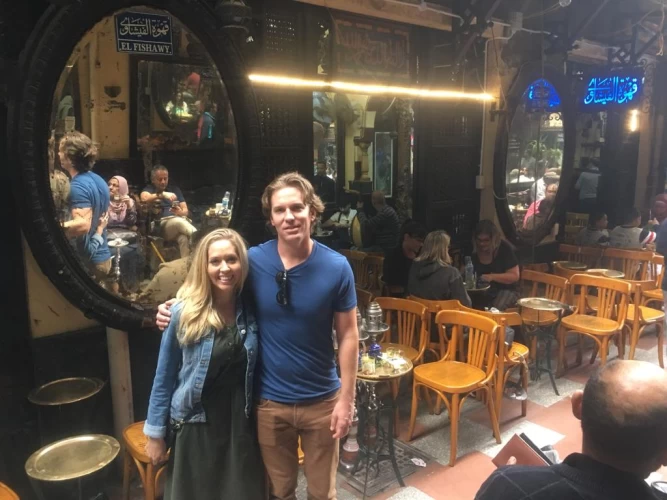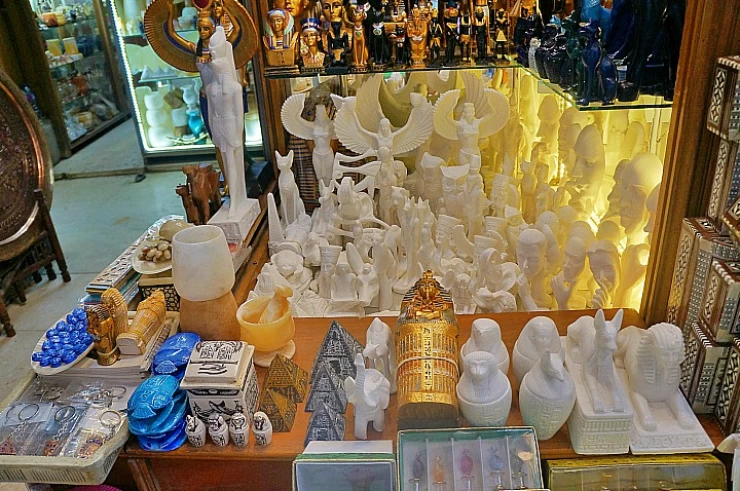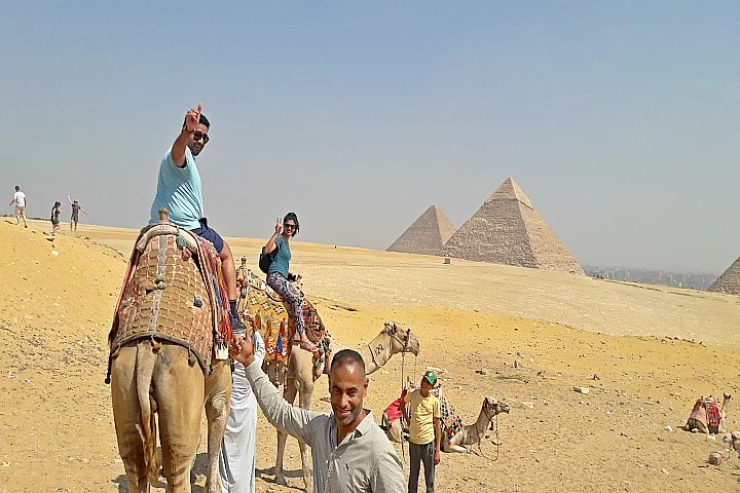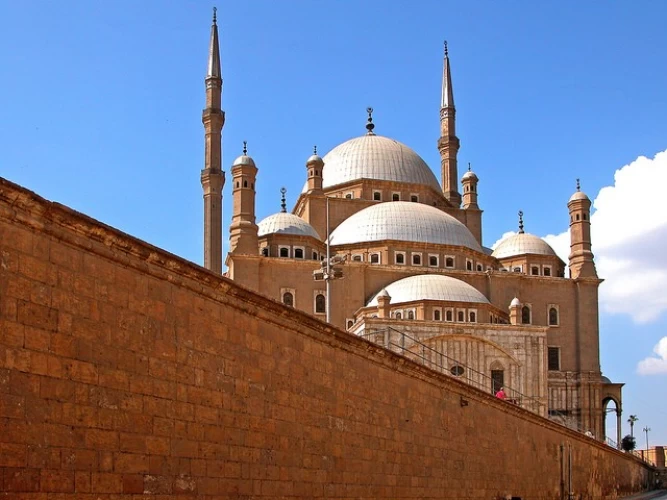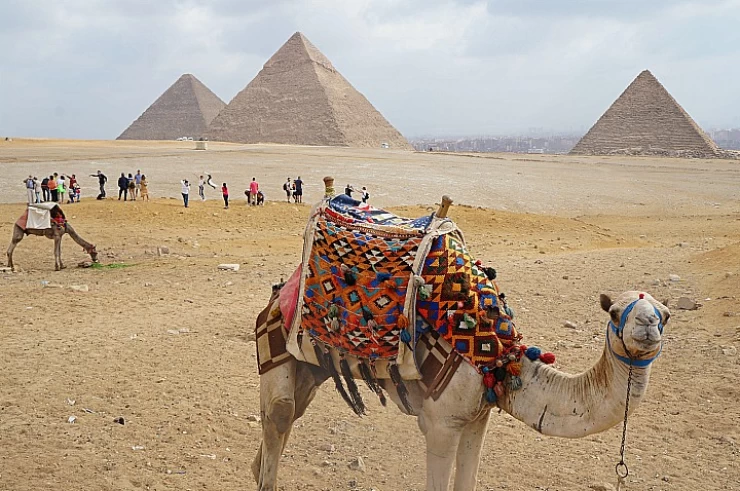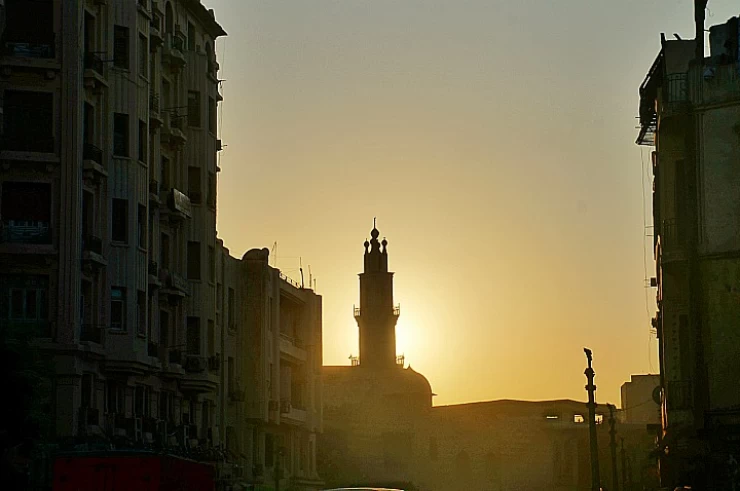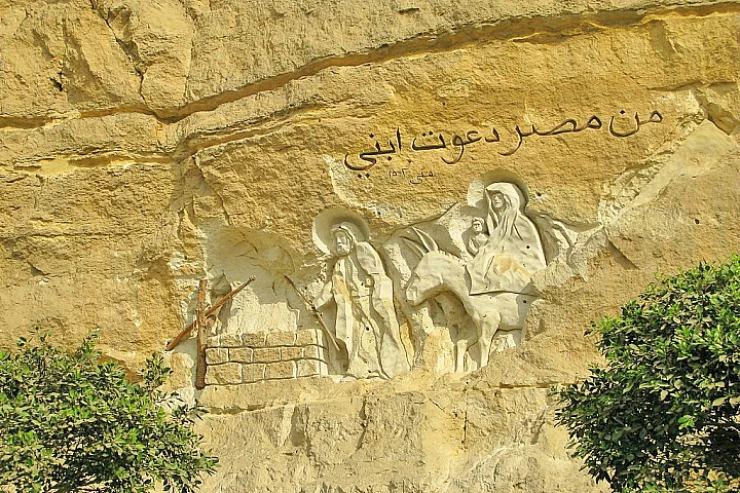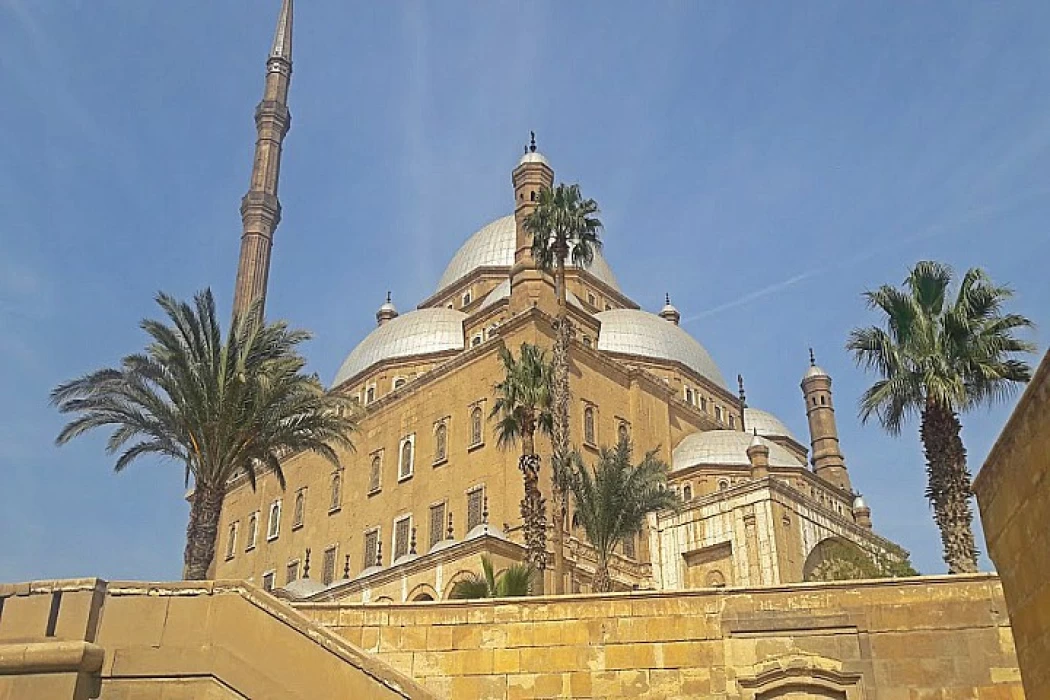
Salah El Din Citadel
Salah El-Din Citadel is a major landmark in Islamic Cairo and one of the most opulent military fortifications built during the Middle Ages. Its strategic location on top of Mokattam Mountain provided an excellent view of all of Cairo's historical landmarks. The impregnable walls around Egypt's Islamic capitals, as well as the Citadel, gave additional security against the siege.
Although the construction of the Castle of the Mountain (Salah al-Din Castle) was completed in 1184, Salah al-Din's wall remained only a sketch on paper until the beginning of 1238. The castle has two distinct sectors. The first is placed on the northern side and is rectangular, with walls on the northern and eastern sides.It served as a military garrison due to its round and square towers. The southwestern sector of the castle houses the Palace of Government and the governor's home.
The castle abounds with many antiquities that date back to different Islamic eras, which transformed it from just a fortified fortress that was used to defend the city in case of an attack to a complete city that contained mosques, fountains, palaces, offices, military factories, a workshop for the covering of the Kabba, military and civil schools, and other installations that distinguished the Citadel of Salah al-Din from other castles that were built in the middle
Saladin dug an 85-meter-deep well inside the citadel that became known as Joseph's well or (Bir yussef).
The most brilliant thing a person stands before is amazed and dazzled by the castle's engineering miracle, Joseph's Well, which is one of the remnants of the Ayyubid era, a wonderful well in its engineering, rare in its architecture, with a depth of 90 meters, 85 of which were dug in the rock.
The well is divided into two pieces that are not on the same line but are roughly equal in depth, which is why this phenomenon has been referred to as "two wells" by certain historians.
The lower well segment is 2.3 square meters and the upper well section is 5 square meters. This is due to the need to secure a corridor to the lower well, allowing the oxen needed to run the waterwheel installed on the lower well, bringing water from its depth to the level of the upper well, and another pair of oxen runs a second waterwheel installed on the upper well, raising the water from the level of the first waterwheel to the surface of the Earth.
Perhaps the most remarkable evidence of the upper well's design and implementation is the thinness of the stone wall separating the well shaft from the descending oxen corridor, which is twenty centimeters thick in certain spots.
Salah al-Din Citadel contains four palaces: two built during Muhammad Ali Pasha's reign, the Jewel Palace in 1814 and the Haram Palace in 1826, and one built in the fourteenth century, the Ablaq Palace by Sultan Al-Nasir Muhammad bin Qalawun. It is positioned on the western side of the mountain slope, alongside the Saray al-Adl Palace.
The castle features three large mosques, the oldest of which is the Nasser Muhammad Mosque, constructed in 1318 during the early Mamluk Bahri dynasty. This mosque was known as the Mamluk Mosque of the Citadel, where Cairo's sultans used to pray on Fridays, and the Suleiman Pasha Mosque, which was built in 1528 on the ruins of an old mosque in Abu Mansour Costa, in addition to the Mosque of Muhammad Ali Pasha, which is where Muhammad Ali was buried, though his body was moved to the Pasha's courtyard in 1857.
The Jewel Palace Museum houses a chandelier weighing 1,000 kilos that was given to Muhammad Ali Pasha by King Louis Philippe I of France, as well as Muhammad Ali's throne, which was donated to him by the King of Italy.
The Museum of Transport opened in 1983. It comprises a collection of rare royal cars from various historical periods, ranging from the reign of Khedive Ismail to that of King Farouk, as well as a collection of unusual antiques.
The Military Museum, which is the official museum of the Egyptian army, was established in 1937.It was relocated from its original home in the ancient Ministry of War building in central Cairo to a temporary location in the Garden City district before moving to the Citadel's Haram Palace in November 1949.
Salah al-Din Castle has numerous walls, towers, and doorways, as the castle's towering height and defended walls have stood the test of time. Saladin Castle, or the Castle of the Mountain, has four doorways.
El Mokatam Gate was named for its location near the citadel's Mokatam monitoring tower. Constructed during the Ottoman time, this gate is now known as the Salah Salem Gate, after the street where it is located.
The Mokatam Gate was built inside a thick wall of hard rocks south of the Mokatam Tower. During Mohamed Yakan Pasha's reign in 1785, a wall with multiple balconies was added to the gate, and he built himself a palace nearby.
When Mohamed Ali arrived to rule Egypt, he restored and renovated the Citadel of Saladin, including paving a 650-meter-long road between Bab El Mokatam in the citadel and the road located below.
When Mohamed Ali came to rule Egypt, he restored and renovated the Citadel of Saladin, including paving a 650-meter-long road connecting Bab El Mokatam in the citadel to the road below.
The Gate of El Mokatam was devastated by the winds of time, and a huge chunk of the walls surrounding it was also lost when the Egyptian government built the Salah Salem Road in 1955 when a new entry was established through which visitors approach the citadel today.
Mohamed Ali began erecting the Iron Gate in 1822. It was intended to serve as the Citadel of Saladin's main gate, allowing larger artillery and equipment to enter. Mohamed Ali also built a road connecting this gate to the rest of Cairo, which is currently known as the Street of Bab El Hadeed.
The Iron Gate has two main facades: the Northern façade, which faces Bab El Hadeed Street near Dar El Mahfozat, and the Old Building of Archives, which was once connected to the Citadel and is now around 15 meters long and 18 meters high.
The Northern façade of the Iron Gate of the Citadel of Saladin features several genuinely exceptional architectural details, such as a memorial plate with information about the gate's construction.
Historians have long debated the origin of the name of this gate. Some suggest that it was dubbed the Middle Gate because it was positioned in the middle of two administration buildings that belonged to two Sultans: Sultan El Ghoury and later Sultan Qalauan.
Other hypotheses said that it was named the Middle Gate simply because it was placed between the citadel's two other principal entrances, the Iron Gate and the El Mokatam Gate.
Muhammad Ali Pasha repaired this door and the wall that surrounds it, although the gate's renewal date is uncertain. Due to the lack of a founding text or a commemorative monument, it is assumed that Al Wastani renovated it in 1826 when he renovated the castle's entryway on the eastern side.
Bab Al-Azab, located in front of the Sultan Hassan School and Al-Rifai Mosque, is one of the largest and most magnificent Islamic doors, with a design comparable to Bab Al-Futuh and Zuweila.
It is made up of two big rectangular towers with a round facade at the top of each room, and there is a ratchet between them that was used to throw boiling oil at invaders attempting to force their way inside the gate.
Prince Radwan Katkhuda Al-Jalafi, leader of the Azab troops, built it to replace an existing gate from the Mamluk era.
The castle wall has 13 towers that provide permanent security for the castle's soldiers and civilians. They are: Al-Mokattam; Al-Saffa; Al-Alwa; Karkilan; Al-Tarfa; Al-Matar; Al-Mablat; Al-Muqsir; the Imam known as the Garrafa Tower; Al-Ramla; Al-Haddad; Sahara, and Al-Murabba.
The castle is separated into two squares by two different walls, one of which is north, and historians refer to it as Salah al-Din al-Ayyubi Castle or the Castle of the Mountain. It comprises of an area with an uneven rectangular horizontal layout of 650 meters in length and 317 meters in breadth. The southern wall is known as the castle, and it likewise consists of a rectangular horizontal plan measuring 510 meters long and 270 meters broad.
Latest Articles
Admin
Neper God Of Grain
Neper was the deity of grains, particularly cereals that were important in Ancient Egypt, such as wheat and barley. It was stated that he foretold when the crops would grow, be harvested, and disappear.
Admin
Djoser
Djoser was an ancient Egyptian pharaoh of the 3rd Dynasty during the Old Kingdom and was the founder of that epoch. He is also known by his Hellenized names Tosorthros (from Manetho) and Sesorthos (from Eusebius). He was the son of King Khasekhemwy and Queen Nimaathap, but whether he was also the direct successor to their throne is unclear. Most Ramesside king lists identify a king named Nebka as preceding him, but there are difficulties in connecting that name with contemporary Horus names, so some Egyptologists question the received throne sequence. Djoser is known for his step pyramid, which is the earliest colossal stone building in ancient Egypt
Admin
Kom Al Dikka Alexandria
Kom El Deka, also known as Kom el-Dikka, is a neighborhood and archaeological site in Alexandria, Egypt. Early Kom El-Dikka was a well-off residential area, and later it was a major civic center in Alexandria, with a bath complex (thermae), auditoria (lecture halls), and a theatre.
Admin
The God Anuket
Anuket, in Egyptian religion, the patron deity of the Nile River. Anuket is normally depicted as a beautiful woman wearing a crown of reeds and ostrich feathers and accompanied by a gazelle.
Admin
The Red Chapel of Hatshepsut
The Red Chapel of Hatshepsut or the Chapelle rouge was a religious shrine in Ancient Egypt. The chapel was originally constructed as a barque shrine during the reign of Hatshepsut. She was the fifth pharaoh of the Eighteenth Dynasty from approximately 1479 to 1458 BC.
Admin
The Serapeum of Alexandria
The Serapeum of Alexandria in the Ptolemaic Kingdom was an ancient Greek temple built by Ptolemy III Euergetes (reigned 246–222 BC) and dedicated to Serapis, who was made the protector of Alexandria, Egypt. There are also signs of Harpocrates. It has been referred to as the daughter of the Library of Alexandria.
